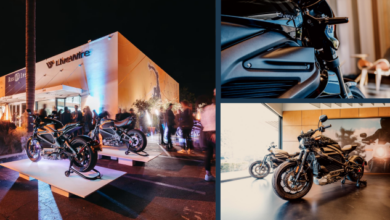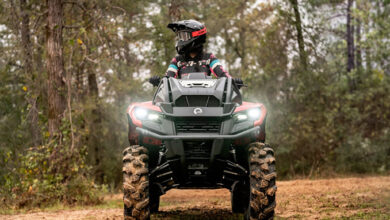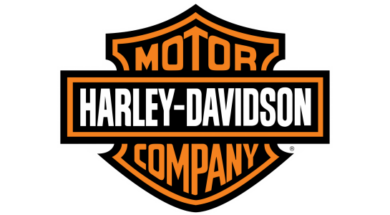May 4, 2009 – Survey: Retail sales practices improving for most brands
By Neil Pascale
Editor
Compared to last year, the motorcycle sales department staff is more likely to introduce themselves to clients and ask follow-up questions, not to mention encourage consumers to sit on a bike.
However, they are less likely to inform the consumer about financing options, discuss the bike’s unique features and how those compare to the competition, and less likely to provide visual aids, like brochures.
Those are some of the key findings from a national study that examines the effectiveness of the motorcycle industry’s retail sales force. The study, called the Pied Piper Prospect Satisfaction Index (PSI), not only examines dozens of retail sales practices, but also identifies how specific brands are performing compared to their competitors.
For the first time in the study’s three-year history, Harley-Davidson does not score highest on the survey that used more than
2,000 “mystery shoppers,” independent consultants that scored salespeople on more than 50 retail sales practices. Harley’s PSI score fell
3 percentage points compared to last year and finished with the second-highest brand total, 105. For the first time, Ducati finished on top, scoring 107, a 3 percentage point increase over last year.
Eleven of the 15 major motorcycle brands had improved PSI scores over a year ago, including dramatic increases for KTM and Husqvarna, who each gained 6 percentage points over a year ago. The two brands, however, still rank among the bottom for overall scores.
All four metric brands — Honda, Yamaha, Suzuki and Kawasaki — finished under the industry average of 101.
There are a number of reasons why brands often can have different PSI scores even under the same dealership roof, says Fran O’Hagan, president of Pied Piper Management Co., which conducts the survey and also does similar studies using the patent-pending process for the auto and RV markets. Whether brands have consistent sales training can influence PSI scores, O’Hagan says. How much a salesperson can make on one brand vs. another also can influence that score.
“The way in which a Suzuki customer is treated at a dealership can be very, very different than how a Honda, Yamaha or Kawasaki customer is treated at the same dealership,” he said.
The survey found different brands excelled in different areas.
Ducati salespeople did the best job in answering product questions, offering test rides and brochures and asking for the sale. Harley-Davidson sales staff most often determined how a motorcycle would be used as well as addressing features and benefits specific to the prospect’s wants and needs. BMW salespeople ranked first for greeting prospects promptly, for making the special-order process easy and for mentioning the availability of accessories.
For the overall industry, the survey found salespeople this year were:
11 percent more likely to introduce themselves;
13 percent more likely to encourage a prospect to sit on a bike.
5 percent less likely to mention the availability of different financing options.
O’Hagan notes Pied Piper, through its work with Ducati dealers, have found a link between retail sales and PSI scores. If the latter goes up, then sales have been shown to follow.
“You can’t have a large store with six or eight salespeople and have an every-man-for-themselves approach,” O’Hagan said. “Or if you do, you won’t be successful. Your retail sales will be a downward spiral.”




